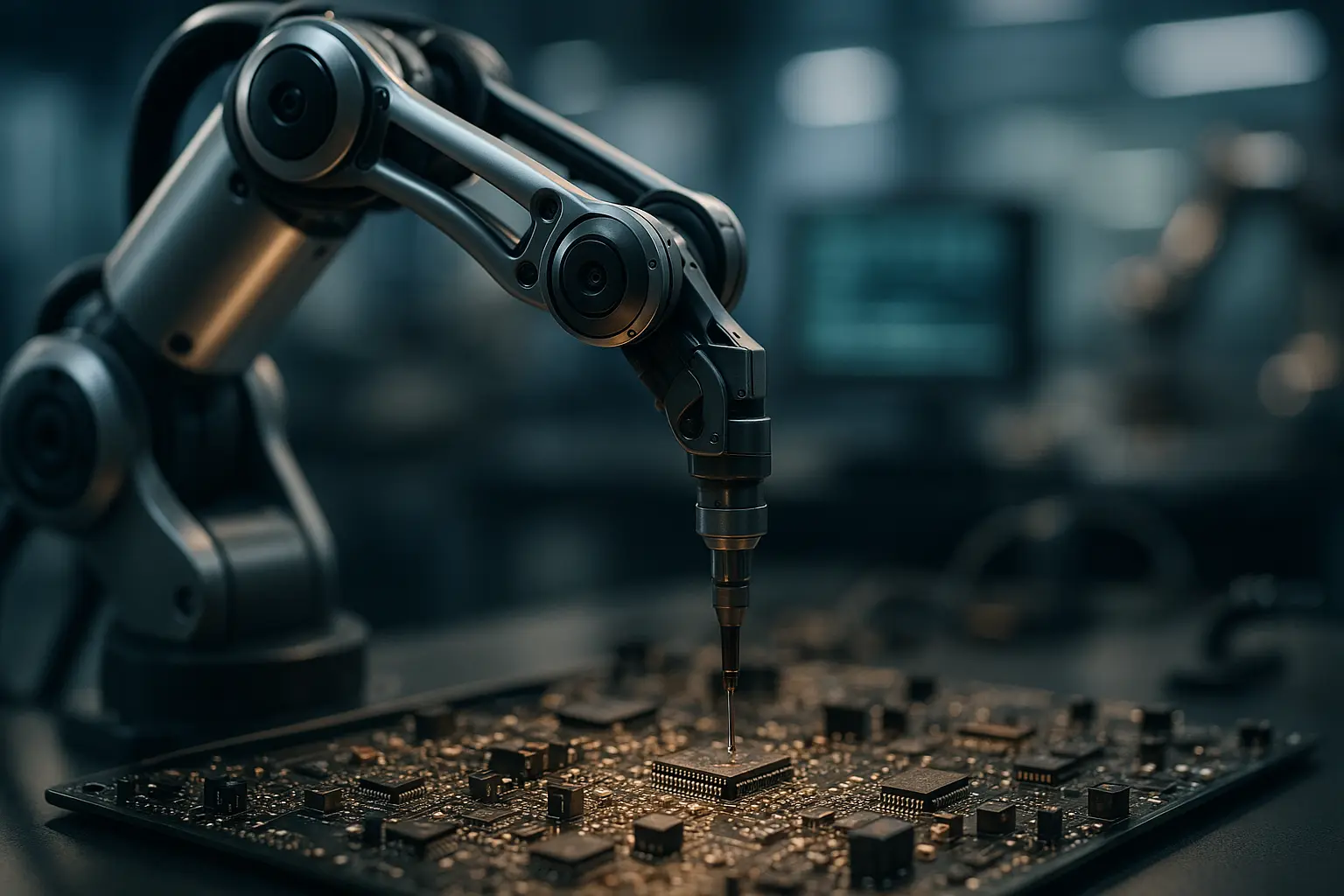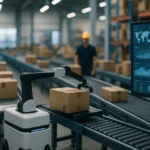Automation, once a futuristic concept, is now ingrained in the fabric of today’s businesses. From enhancing customer interactions to streamlining processes, the rise of automation tools is transforming how we work. In this fast-paced digital age, staying ahead of the curve is imperative for companies looking to maintain their competitive edge. This year, several automation trends are gaining traction, redefining the way companies operate. Let’s dive into the latest developments and discover how they could shape your business future.
Revolutionizing Business Operations with RPA
Robotic Process Automation (RPA) is at the forefront of the automation revolution. Harnessing RPA allows businesses to optimize processes, reduce time spent on repetitive tasks, and bolster efficiency. With the ability to mimic human actions, RPA tools are transforming mundane operations into seamless workflows.
Think of RPA as a digital workforce, capable of handling tasks across various systems without breaking a sweat. Imagine a scenario where tedious data entry or invoice processing is done at lightning speed, freeing up your human employees to focus on strategic initiatives. This not only boosts productivity but also reduces error rates, ensuring optimal quality.
Moreover, the implementation of RPA is no longer limited to large corporations. Smaller companies are recognizing its potential, deploying cost-effective solutions tailored to their specific needs. As RPA becomes more accessible, its role in redefining business landscapes cannot be overstated.
By embracing RPA, you’re not just automating; you’re revolutionizing your operations, allowing for smarter decision-making and agile responses to market demands. The investment in RPA is an investment in a future where efficiency meets opportunity.
Data-Driven Decision Making in Automation
Data is the new gold, and when combined with automation, it becomes a powerful tool for business transformation. By leveraging data-driven automation, companies can make informed decisions that drive success.
Incorporating data analytics into your automation strategies allows for the extraction of valuable insights from vast datasets. These insights can illuminate customer behaviors, market trends, and operational efficiency, giving you a competitive edge. Businesses that utilize data-driven automation are not just reacting to trends; they are anticipating them.
The role of artificial intelligence (AI) in data-driven automation is pivotal. AI algorithms can analyze patterns and predict outcomes, enabling more precise automation processes. For instance, in customer support, AI-driven chatbots analyze prior interactions to tailor responses, enhancing the customer experience.
Furthermore, data-driven strategies reduce bias in decision-making, offering objective insights that align with your business goals. By harnessing the power of data, companies can navigate the complexities of today’s market with confidence and precision, steadily steering towards success.
The Rise of No-Code Automation Tools
The era of no-code and low-code automation tools is here, democratizing the power of software development across industries. These tools enable companies to build sophisticated systems without writing a single line of code, making automation accessible to all.
No-code platforms empower employees who lack technical expertise to create applications and automate workflows, bridging the gap between IT and business functionalities. This trend is particularly beneficial for small to medium-sized enterprises that might not have dedicated development teams.
Imagine automating your marketing campaigns, scheduling social media posts, or streamlining HR processes—all without the need for extensive coding knowledge. No-code platforms provide a user-friendly interface, allowing anyone to design custom solutions that meet their business needs.
As these tools evolve, they’re becoming increasingly sophisticated, offering more features and integration capabilities. The result? A more agile and responsive business environment where processes are swiftly adapted to meet ever-changing demands.
By embracing no-code automation, you’re not just simplifying processes; you’re empowering your entire team to innovate and contribute to the business’s growth.
Testing Automation: Ensuring Quality and Speed
In today’s fast-paced digital landscape, software quality is paramount. Testing automation has emerged as a critical component in ensuring that systems are not only robust but also delivered with speed. It’s no longer a question of whether to automate testing but rather how to do it effectively.
Automated testing tools can perform a myriad of tests, from regression and performance to user interface testing, ensuring that every aspect of your software is scrutinized. This comprehensive approach minimizes the risk of bugs and enhances the user experience.
With the demand for rapid software deployment, manual testing can no longer keep pace. Testing automation provides a solution by running parallel tests, reducing the time to market and ensuring quality at every stage of development.
Moreover, automated testing isn’t just about speed. It offers consistency and reliability, enabling testers to focus on exploratory testing and strategic planning. The result is a seamless integration of quality assurance into the development lifecycle, driving innovation and customer satisfaction simultaneously.
By prioritizing testing automation, you’re investing in a future where quality and efficiency go hand in hand, propelling your business to new heights.
As we navigate through a world increasingly shaped by automation, the possibilities for businesses are boundless. The trends highlighted here are more than technological advancements; they represent a shift in how we perceive and perform work. By integrating automation into your business strategy, you’re not just keeping up with trends—you’re leading the charge into a future rich with opportunity.
In this ever-evolving landscape, success hinges on adaptability and foresight. Embrace these automation trends, and you’ll be well-equipped to tackle the challenges and opportunities of tomorrow. With automation at your side, the future is not just a destination—it’s a journey of limitless potential.
FAQ
What are the most significant automation trends to watch this year?
This year, the focus is on hyper-automation, which involves the use of advanced technologies like artificial intelligence (AI) and machine learning (ML) to automate tasks that were previously unautomatable. Other notable trends include the rise of robotic process automation (RPA), the integration of automation in cybersecurity, and the growing importance of data-centric automation.
How is artificial intelligence transforming automation processes?
AI is revolutionizing automation by enabling systems to learn and adapt in real-time. With AI, machines can understand and process natural language, recognize patterns, and make decisions based on predictive analytics, leading to more efficient and smarter automation solutions.
In what ways is robotic process automation (RPA) evolving this year?
RPA is becoming more sophisticated with the integration of AI and ML capabilities, allowing it to handle complex tasks and make autonomous decisions. This evolution is leading to greater operational efficiency and productivity across various industries.
Why is data-centric automation gaining traction in 2023?
Data-centric automation is becoming crucial as organizations seek to leverage large volumes of data for better decision-making. By automating data collection, analysis, and reporting, businesses can gain insights more quickly and accurately, leading to improved strategies and outcomes.
How is automation impacting the workforce in 2023?
Automation is reshaping the workforce by eliminating repetitive tasks and allowing employees to focus on more strategic, creative, and value-added activities. While it may lead to job displacement in some areas, it also creates opportunities for roles that require human skills, such as problem-solving and innovation.



